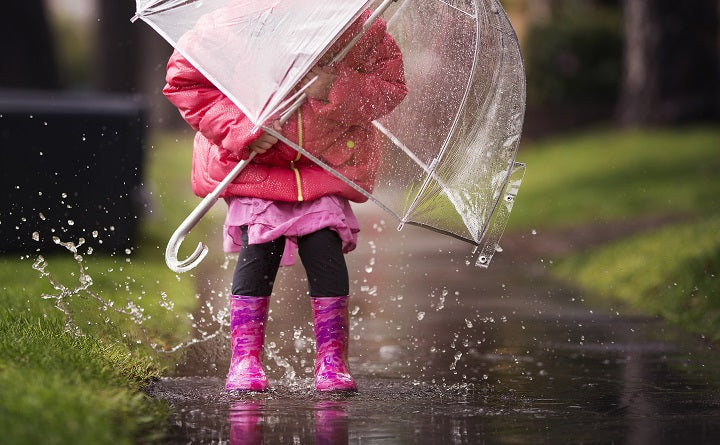Springtime is notorious for severe storms — they can be unpredictable, possibly producing strong winds, dangerous lightning strikes, and heavy downpours. This weather, as one might expect, can be damaging to a home’s exterior, including the air conditioning unit.
To help you keep this vital appliance protected during severe weather, we’ve put together a list of five simple things you can do.
One thing to note before jumping into these tips is that you should NOT cover your air conditioner, a practice which could trap moisture inside the condenser and damage internal components or foster the development of mold. The only time covering your AC is advisable is if you live in an area of the country that experiences hurricanes. There, if a hurricane is coming, covering the unit with a tarp could help prevent flying debris from severely damaging the system. If you live in an area where a hurricane is imminent, follow the directions of local authorities to keep yourself and your home safe.
For everyone else, and when a hurricane is not imminent, follow the tips below to help keep your cooling system protected during a spring storm.
1. Turn your thermostat down a few degrees.
If a severe storm is forecast for your area, turn your thermostat down a few degrees to help cool your home in case you happen to lose electricity. Losing power could mean that you will be without the use of the air conditioner for a while — potentially hours — and cooling things off ahead of time could help keep your family more comfortable while waiting for power to be restored.
2. Turn the AC off.
If a severe storm will be impacting your area, shut the unit off once you see lightning. Also, flip the breaker in your circuit panel to the ‘off’ position for your AC. This could help to prevent an electrical surge to your system, something which could cause serious and/or irreparable damage. Additionally, keeping an AC running could make it possible for flying debris to get lodged into the running motor, potentially causing it to burn out — another reason it’s important to shut the unit off.
3. Do a visual inspection of the unit before turning it back on.
Before turning your air conditioner back on following a storm, look at the condenser to be sure the panels aren’t dented, and nothing has lodged itself into the system. Remove any branches or leaves that fell on top of the unit and could restrict airflow, which is necessary for the efficient operation of your air conditioner.
4. If there’s an issue, contact a professional.
If your air conditioner has been damaged by the storm, do not turn the unit back on. Instead, contact a cooling professional to inspect the system and advise you as to what will be needed to get the air conditioner repaired and back up and running once again.
5. Plan for severe weather.
Before any severe storms arrive, do some prep work. Be sure that branches and bushes are trimmed back from around your air conditioner. It’s recommended to have at least two feet of clearance around your system to provide proper airflow. Additionally, this can help to prevent the limbs, leaves, etc. from flying into your air conditioner during a storm.
Professional AC repair
Speaking of air conditioners, check out the details of our affordable Cooling Repair Plan.


